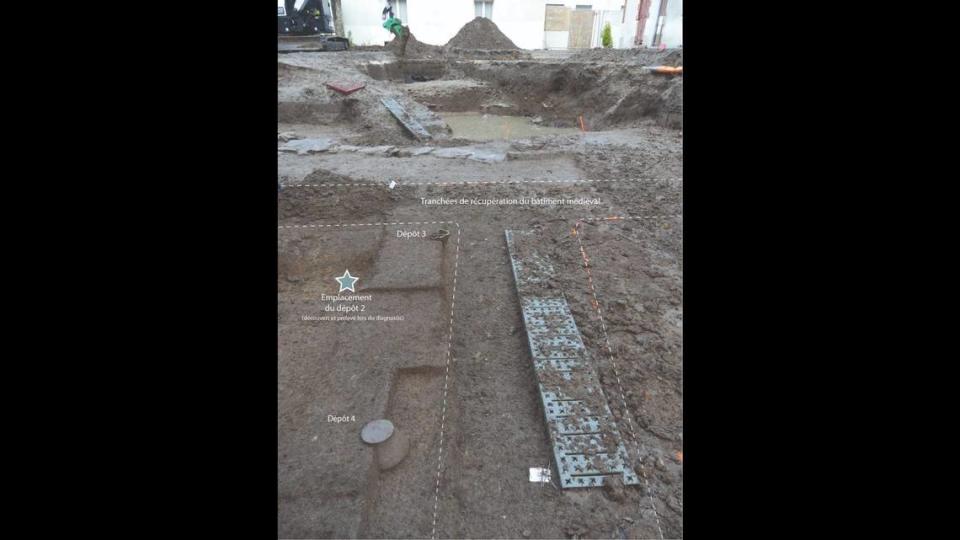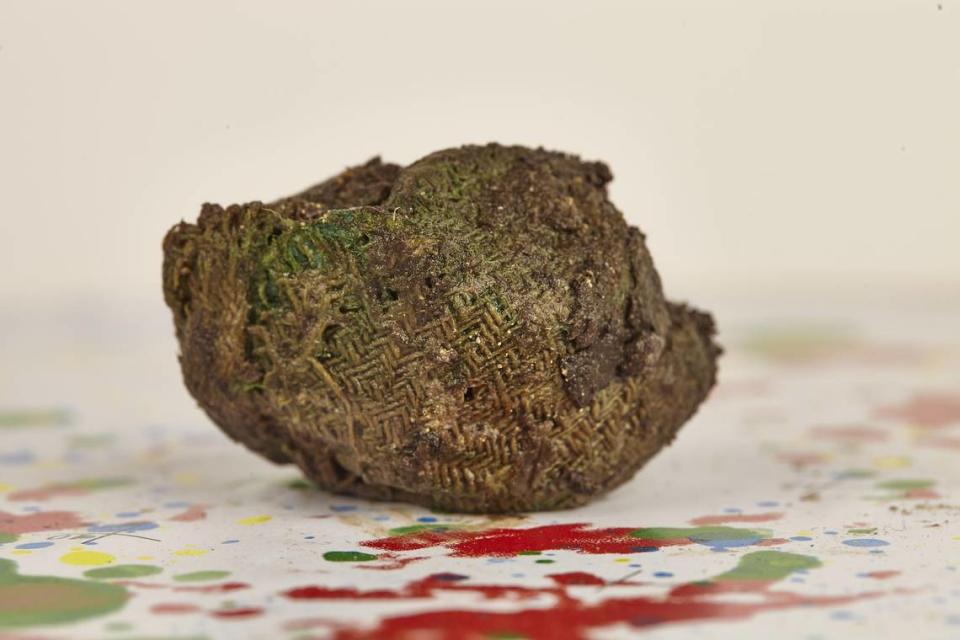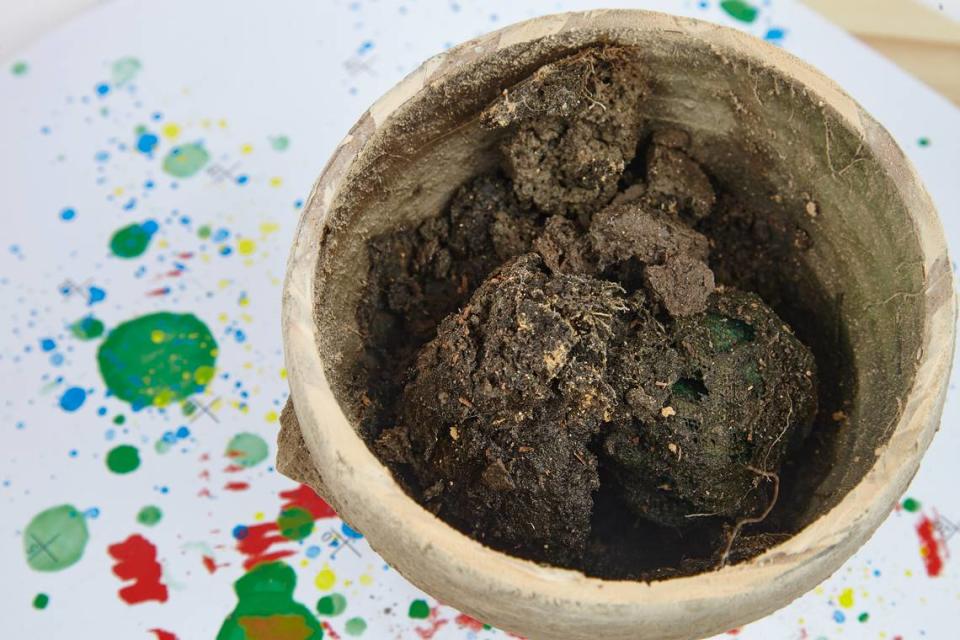Cache of coins was hidden in a box underground for 850 years — until now. See it
Hundreds of years ago, someone filled an oak box with a cache of coins. The box ended up buried next to what is now a street leading to a town center in France, and that’s where it stayed until 2021 when archaeologists found it.
Archaeologists were conducting a preventive excavation ahead of a real estate project in Guérande, according to a Jan. 31 news release from the Institut national de recherches archéologiques préventives (INRAP). That’s when they found the stash of coins, along with three others, dating to medieval times.

Ancient records mention Guérande as early as the ninth century, and experts said the town erected a wall sometime between the 13th and 15th centuries.
Research revealed that between the 12th and 13th centuries there was a medieval occupation at the site, officials said.
The box of coins was an isolated deposit that dates to between 1180 and 1204, according to archaeologists.
The three other deposits were found in the ruins of a 14th century masonry building, experts said. They date to between 1341 and 1342 and vary in preservation.
The best preserved collection of coins was found in a pitcher with a broken neck that was reused as a container. The pitcher was sealed with a pot turned upside down.

Researchers used 3D imaging to see inside the pitcher without damaging the artifact, officials said.
Inside the pitcher, archaeologists identified four linen fabric envelopes holding coins. The linen groups were placed inside a larger leather envelope.

The other two deposits from the masonry building were less preserved, experts said. They were also sealed in ceramic containers and held traces of textile fragments among the coins.
Archaeologists said they have identified more than 2,000 coins from the deposits. They will continue examining the coins and the textiles from the deposits.
Guérande is about 330 miles southwest of Paris.
Google Translate was used to translate a news release from INRAP.
Treasure-filled jar — possibly an offering — found in sand near 1,800-year-old ruins
Ancient settlement teeming with treasures was abandoned 1,900 years ago. See it now
Massive 1,700-year-old tombs — loaded with high-end treasures — unearthed in China

